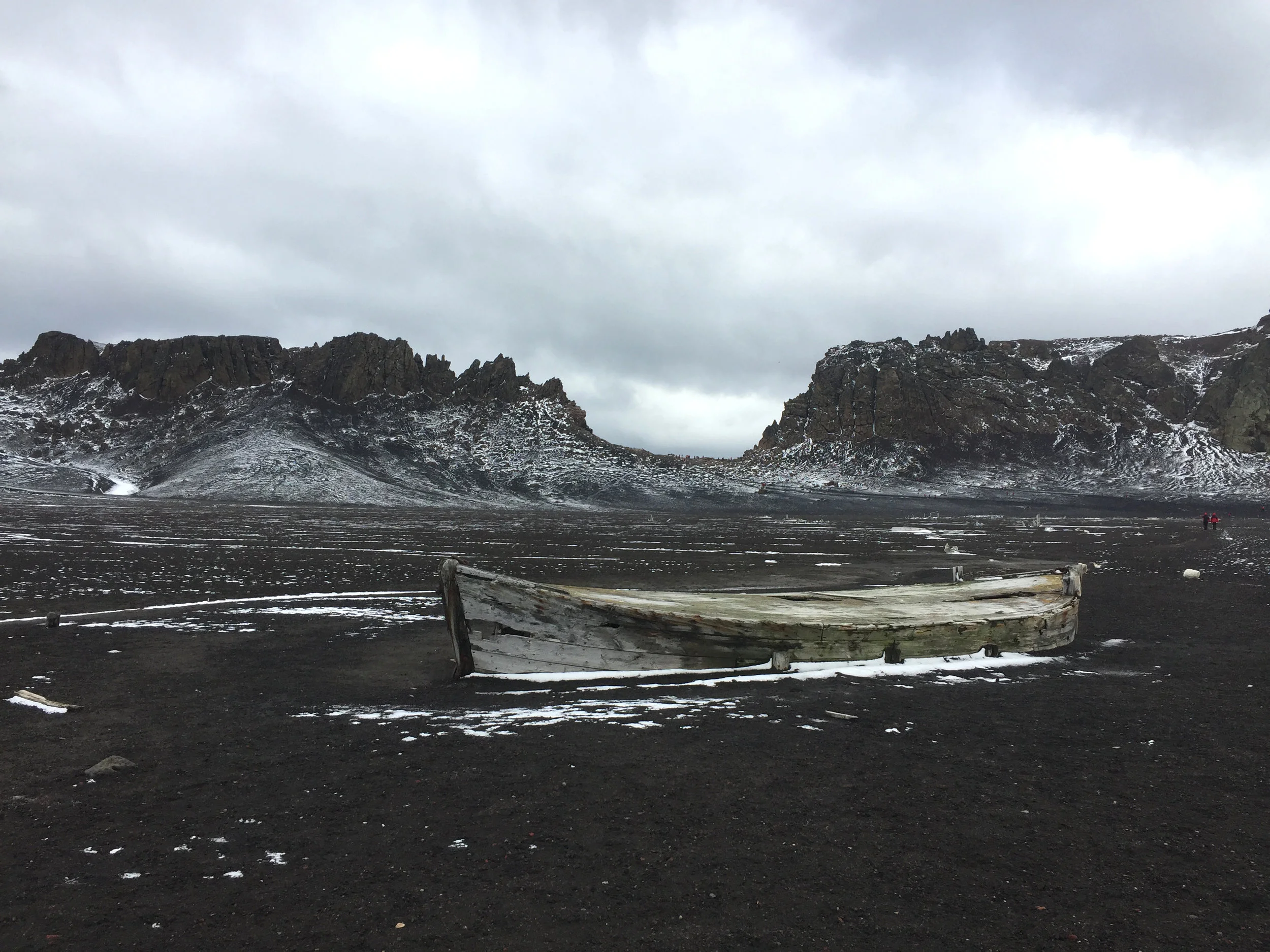Antarctica
The frozen, remote southern continent is facing some of the earliest and most dramatic effects of a changing climate. Though parts of Antarctica are barren and lifeless ice wastes, its coastlines support some of the richest ocean habitats on the planet. Here, dense swarms of tiny Antarctic krill outnumber humans on Earth roughly 57 billion to 1. This extraordinary abundance supports the world’s largest populations of seabirds, seals and whales, all of which must adapt to these changing conditions.
"After breakfast, zodiacs are prepared and lowered into the small bay at Half Moon Island. Here, the peculiar chinstrap penguins move in small groups to and from their colony by the large hill on the tip of the island. They must take great care as they walk, built more for seafaring than hopping along on this rough and rocky ground. This way of life is no doubt what has led to the development of the established ‘penguin highways’, pioneered by the ancestors of this funny bird and used almost religiously when coming and going.”
— Journal Entry, 12.30.16. Half Moon Island, Antarctica
Visiting Antarctica is becoming easier as a thriving ecotourism industry pushes further South. If you’re interested in traveling to what is often considered Earth’s ‘last great wilderness’, it’s critical to understand the impact of such a trip, and learn what you can do to become an Antarctic ambassador both at home and abroad.
• see the latest photos from •
AntarcticA











